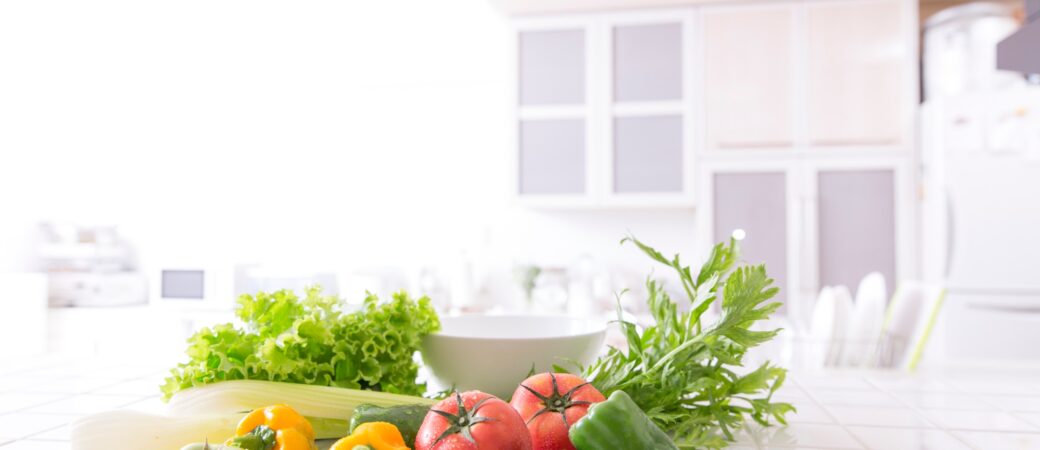Embrace the Winter Harvest: The Best Veggies to Grow Indoors
When we think of gardening, the image of lush, sun-drenched outdoor plots often comes to mind. However, the joy of gardening doesn’t have to end when winter arrives. Indoor gardening during the colder months can be just as rewarding and productive, with a few adjustments to your approach. The key to a thriving winter garden is knowing which vegetables are best suited for indoor cultivation and creating the ideal conditions for them to flourish. Whether your residential home has a full greenhouse or just a small section, in this post, we’ll explore the best vegetables to grow indoors during the winter, offering practical tips for success.
- Microgreens: Tiny Powerhouses of Nutrition
Microgreens are miniature marvels that pack a punch of flavor and nutrients. These tiny greens are essentially the first set of leaves allowed to grow after sprouting, making them perfect for indoor gardening. To get started, you’ll need a seedling tray filled with potting soil. After soaking the seeds overnight to kickstart germination, lightly cover them with soil or gently press them into the surface. Keep the soil consistently moist. Once the first leaves appear, harvest them by carefully snipping them just above the soil. Microgreens are not only easy to grow but also add a burst of freshness to your winter catering dishes.
- Herbs: Fresh Flavors All Year Round
Freshly picked herbs can elevate your winter dishes to a whole new level. Not only do they enhance the taste of your meals, but they also save you money and reduce the need for store-bought herbs. When it comes to year-round gardening, herbs like basil, cilantro, mint, thyme, rosemary, sage, and dill are your best friends. These annual herbs thrive during the winter, especially when provided with grow lights. Mint is the most shade-tolerant among them, but a few hours of direct sunlight daily are still essential for its growth. Dill and basil, on the other hand, require warmer conditions, with temperatures staying above 60 degrees at night.
- Greens: A Steady Supply of Leafy Goodness
Leafy greens, such as lettuce, kale, spinach, and arugula, are not only nutritious but also surprisingly easy to cultivate indoors during the winter. Growing them as baby plants simplifies the process, as they don’t need to reach maturity. To ensure a constant supply of greens, sow fresh seeds every few weeks. If you have a south-facing window that receives some sunlight, that’s ideal for your greens, and they won’t require additional lighting. However, if natural light is scarce, provide them with 10 to 12 hours of artificial light daily to ensure their growth.
- Carrots: Rooted Delights
Carrots may not be the first vegetables that come to mind for indoor gardening, but they can thrive indoors during the winter. You have two options when growing carrots indoors: you can harvest the green stems or wait for the roots to develop. It’s advisable to select a carrot variety that is compact or well-suited for container gardening, such as “Little Finger” carrots. Keeping the soil consistently moist is essential for successful germination. Carrot sprouts will typically emerge within 10 to 12 days. As they grow, thin them out by removing any overcrowded carrots, and you’ll be able to harvest fresh carrots in about 60 to 75 days.
- Cherry Tomatoes: Bursting with Flavor
If you’re looking to add a touch of freshness to your winter dishes, consider growing cherry tomatoes indoors. Among fruiting crops, cherry tomatoes are the easiest to cultivate inside, but they do require artificial light for approximately 16 hours a day. To ensure their thriving, maintain a nighttime temperature above 65 degrees. The optimal daytime temperature in a warm sunroom hovers between 75 and 80 degrees. With the right conditions, you can enjoy homegrown cherry tomatoes throughout the winter.
Key Takeaway: The Essentials for Successful Indoor Gardening
To succeed with your indoor winter garden, there are a few key essentials to remember. First and foremost, invest in a quality grow light. This is especially crucial when daylight hours are limited during the winter. Proper lighting ensures your plants receive the energy they need for photosynthesis and growth. Additionally, maintain a balance of water and fertilizer tailored to your specific crops. Each vegetable has unique requirements, so pay attention to their individual needs for optimal results.
Indoor gardening during the winter can be a rewarding and sustainable way to enjoy fresh vegetables and herbs throughout the colder months. By choosing the right crops and providing them with the ideal conditions, you can experience the joys of gardening year-round. Whether you’re growing microgreens for a nutritional boost or nurturing cherry tomatoes for a burst of flavor, your indoor garden can flourish with the right care and attention. So, roll up your sleeves, grab your gardening tools, and embark on a winter gardening adventure that will keep your dinner table colorful and delicious all season long.

 Hot News
Hot News






